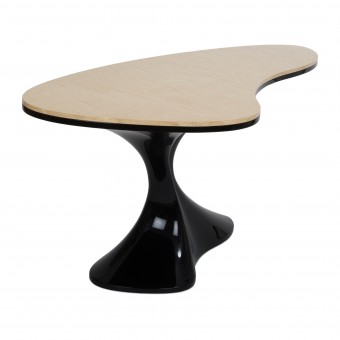Boletus Coffee Table by Graham Hepburn |
Home > Winners > #27531 |
| CLIENT/STUDIO/BRAND DETAILS | |
 |
NAME: Hepburn Design Studio Ltd PROFILE: Hepburn Design Studio is a creative design studio pushing the boundaries of furniture design and manufacture. Modern and traditional materials are used together to create bold designs which are unique and instantly recognisable. |
| AWARD DETAILS | |
 |
Boletus Coffee Table by Graham Hepburn is Winner in Furniture Design Category, 2012 - 2013.· Read the interview with designer Graham Hepburn for design Boletus here.· Press Members: Login or Register to request an exclusive interview with Graham Hepburn. · Click here to register inorder to view the profile and other works by Graham Hepburn. |
| SOCIAL |
| + Add to Likes / Favorites | Send to My Email | Comment | Testimonials | View Press-Release | Press Kit |
Did you like Graham Hepburn's Furniture Design?
You will most likely enjoy other award winning furniture design as well.
Click here to view more Award Winning Furniture Design.








